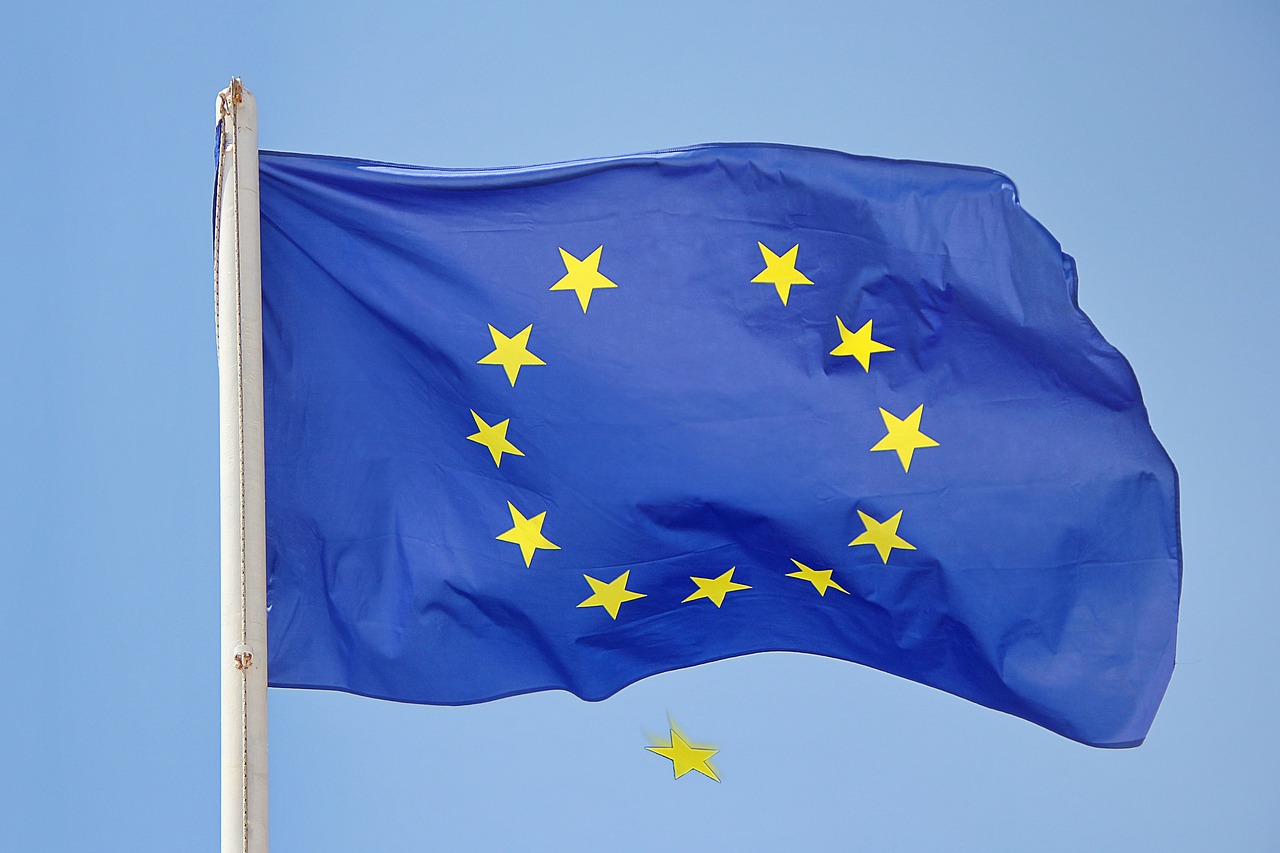EU approves new Asylum and Migration Pact 2024
The European Parliament has recently given the green light to a new Asylum and Migration Pact after years of negotiations. This major reform aims to tighten the EU’s migration and asylum rules, which have been a hot topic of debate for several years.
In recent years, illegal border crossings in the EU have been on the rise, with approximately 380,000 people crossing borders illegally last year
The EU Asylum and Migration Pact has been in the pipeline since 2015 and is set to take effect in two years’ time. The primary goal of the pact is to streamline the asylum process and increase the repatriation of irregular migrants to their home countries. This pact will also necessitate EU member states to share responsibility for asylum seekers, ensuring a fair and equal distribution of the burden across all member states.
In recent years, illegal border crossings in the EU have been on the rise, with approximately 380,000 people crossing borders illegally last year – the highest number since 2016. The EU made it clear that the pact contains elements of “mandatory solidarity” among member states while also allowing for flexibility.
Despite opposition from some EU states, the pact is expected to receive full approval by the end of April through majority voting. According to the proposed rules, EU countries will be required to either accept a certain number of migrants from frontline countries like Italy, Greece, and Spain, or provide alternative support in the form of funding or resources.
Furthermore, the pact emphasizes the need for a swift examination of asylum claims that are deemed to have low chances of approval, without necessarily granting entry into EU territory. The agreement also outlines a strict timeline of 12 weeks for processing asylum requests, with rejected asylum seekers being forcibly returned to their home country within the same period.
In conclusion, the EU Asylum and Migration Pact represents a step towards a more cohesive and effective approach to managing migration and asylum within the European Union. It is a comprehensive reform that seeks to address the challenges posed by illegal migration while upholding the principles of solidarity and responsibility-sharing among member states.



